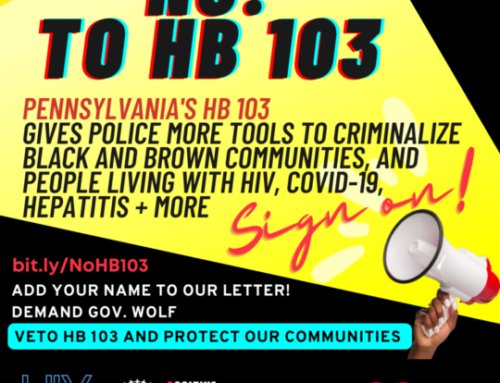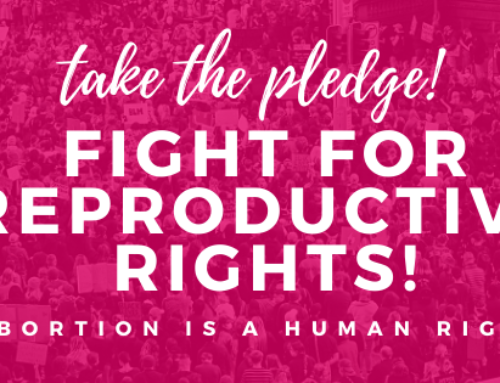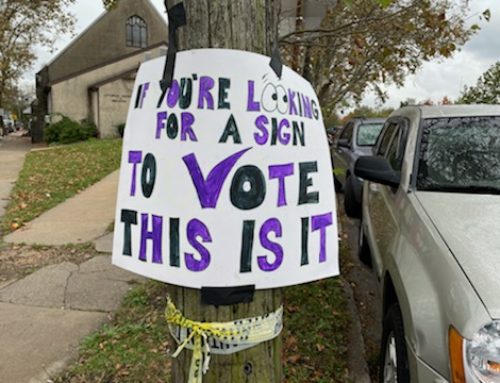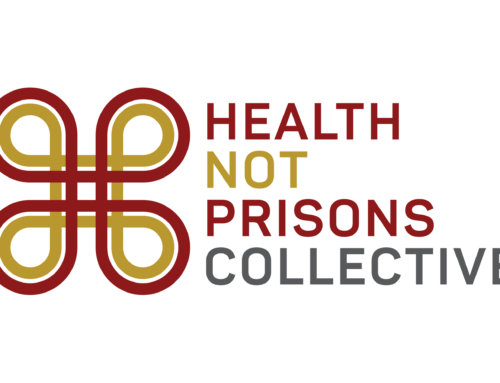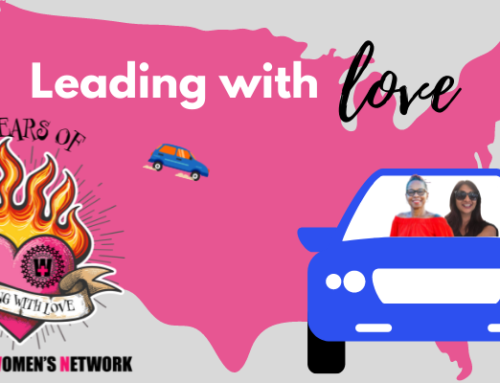**FOR IMMEDIATE RELEASE**
Contact: Jennie Smith-Camejo, 347.553.5174, jsmithcamejo(at)pwn-usa.org
Designed as a comprehensive, multimedia how-to guide and toolkit, it starts with the basics while offering resources and tips for seasoned advocates.
January 24, 2019: Positive Women’s Network – USA (PWN) is proud to roll out a comprehensive set of resources that aims to address barriers to beginning or deepening engagement in advocacy by people living with HIV: Claim Your Seat at the Table! A How-to Guide to Advocacy for People Living with HIV.
Grounded in the belief that we win when those most impacted by policy decisions are at the center of policy-making, the five-part guide is a collection of explainers, tips, and resources designed to support advocates with any level of experience in getting more deeply involved.
“HIV advocacy is not something most of us planned to take on. Many of us fell into community organizing and advocating because our lives– and the lives of people we love –literally depended on it. We learn as we go, at conferences, through mentors, and through trial and error with our campaigns. This toolkit is a much-needed resource for both newer and more experienced advocates to feel more confident as they are getting involved in state and federal advocacy,” said Waheedah Shabazz-El, organizing director at PWN.
Barriers to engagement can be even greater for those who lack the disposable income to travel or afford childcare, flexibility to take time off work, and for people with less formal education—the same communities that tend to bear the brunt of the impact of decisions made in Washington, D.C., and state capitols. In recognition that people learn in different ways and that reading lengthy text may not always be an option (or a desire), PWN has gathered and created videos and infographics in addition to written resources. The resources come from a wide variety of trusted organizations, supplemented by content created by PWN staff and leaders.
“We are facing unprecedented policy battles as well as opportunities. Winning will take all of us. That means our folks need to be prepared, equipped and resourced so we can fight effectively together,” explained Naina Khanna, executive director of PWN. “We hope this guide will be useful for anyone who wants to take bold, progressive action aligned with our vision and policy agenda. PWN will be training our constituency to use these resources throughout 2019 and as we get ready for 2020.”
While the guide is already available online here, PWN will roll out the toolkit through a series of emails over the coming weeks, one part at a time, to introduce each section, along with suggestions on how to use it. Part 1 will familiarize aspiring advocates with the ABC’s of advocacy: the structure of government, how policies are made, and how advocates can influence those policies. Part 2 is an overview of different types of advocacy—legislative, budget, and administrative—with pointers on when and how to engage in each type. Part 3 hones in on campaign planning and execution—what to expect, how to engage in grassroots activism, building sustainable coalitions, and how young people can get involved in advocacy. Part 4 digs into the communications side of advocacy: how to craft a message that resonates, communicate it to lawmakers, and use traditional and social media to maximize your impact. The fifth section is our DIY Starter Kit, full of templates and examples to save advocates precious time–and help them get it right the first time.
Have an idea for how the advocacy guide can be used? Email jsmithcamejo(at)pwn-usa.org.



